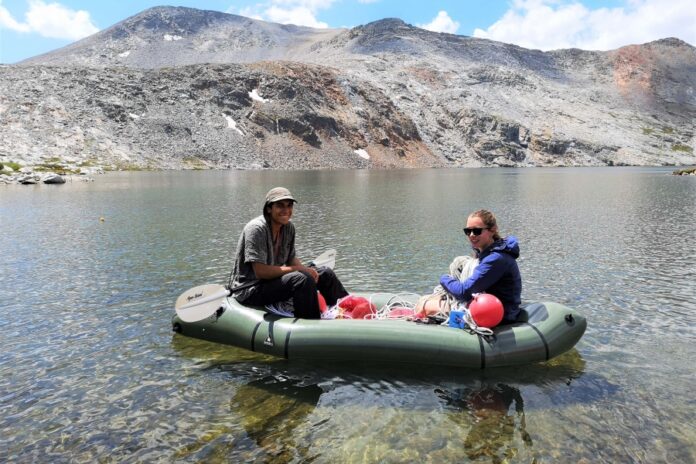Crucial factor identified in effort to better understand how global warming will alter alpine lakes in the Sierra Nevada mountain range
UC Davis researchers published a study in December examining how climate change is affecting lakes in the Sierra Nevada. The researchers worked with data that had been collected at Emerald Lake in Sequoia National park over the course of 35 years and found that while air temperature around the lakes rose during that time span, the temperature of the water varied widely and was driven by the level of snowmelt in the area.
“The rate of air temperature warming that we measured in that basin in the Southern Sierras was really high, over a degree per decade,” said Steven Sandro, an assistant professor in the Department of Environmental Science and Policy at UC Davis and a researcher in the study. “The response in lake temperature over that same period was highly variable, and the reason it was highly variable is because the lake was responding to changes in snow deposition much more so than changes in air temperature.”
The findings are based on the remarkably strong correlation between snowpack, layers of snow that accumulate in high altitudes, and lake temperature as demonstrated in the scientist’s paper. A snowpack is a mediator between the lakes and climate because lake temperature is affected by the snowpack, which in turn is changing due to climate change.
“Snow is like a master variable that really controls how these lakes function. If we lose the snowpack, we lose a lot of the functionality of our lakes,” said James Sickman, a researcher at UC Riverside and a co-author on the paper. “I think the biggest effect of climate change in the Sierra Lakes is going to be the effect on the snowpack.”
Still, snow is only one intermediate variable. The researchers want to create a picture of all the large factors affecting how individual lakes react to climate change. UC Davis graduate student Andrianne Smits is leading a project to deploy additional sensors across the Sierra Nevada to monitor a variety of alpine lakes.
The researchers want to understand how variables like the steepness, size or altitude of the slopes around the lake influence the water temperature and how those factors interact with the changing climate. For the past two summers, Smits and a field team, which included UC Davis students, have hiked to a variety of remote Sierra lakes to deploy sensor arrays which monitor lake temperatures at different depths and provide information about the ice cover. The scientists hope they can use the data to build models which will give the public a better idea of how the lakes will change and allow conservators to target vulnerable lakes.
“What we are trying to do is build a model that will allow us to know what kinds of lakes in the Sierra are more sensitive to climate change, so which are going to change more than others, which are more responsive to climate,” Smits said. “Some lakes are going to do the same thing every year regardless of climate, and others are going to change very rapidly.”
According to Sickman, this type of research is crucial because lakes are important and scientists have much to learn.
“They provide a lot of environmental services for Californians, beyond recreation,” Sickman said. “Most of our most important watersheds are up in the Sierra Nevada, so we need to do these kinds of fundamental studies of how the chemistry, biology and hydrology of the Sierra Nevada function, and how they are being affected by our actions.”
Written by: Peter Smith – science@theaggie.org




